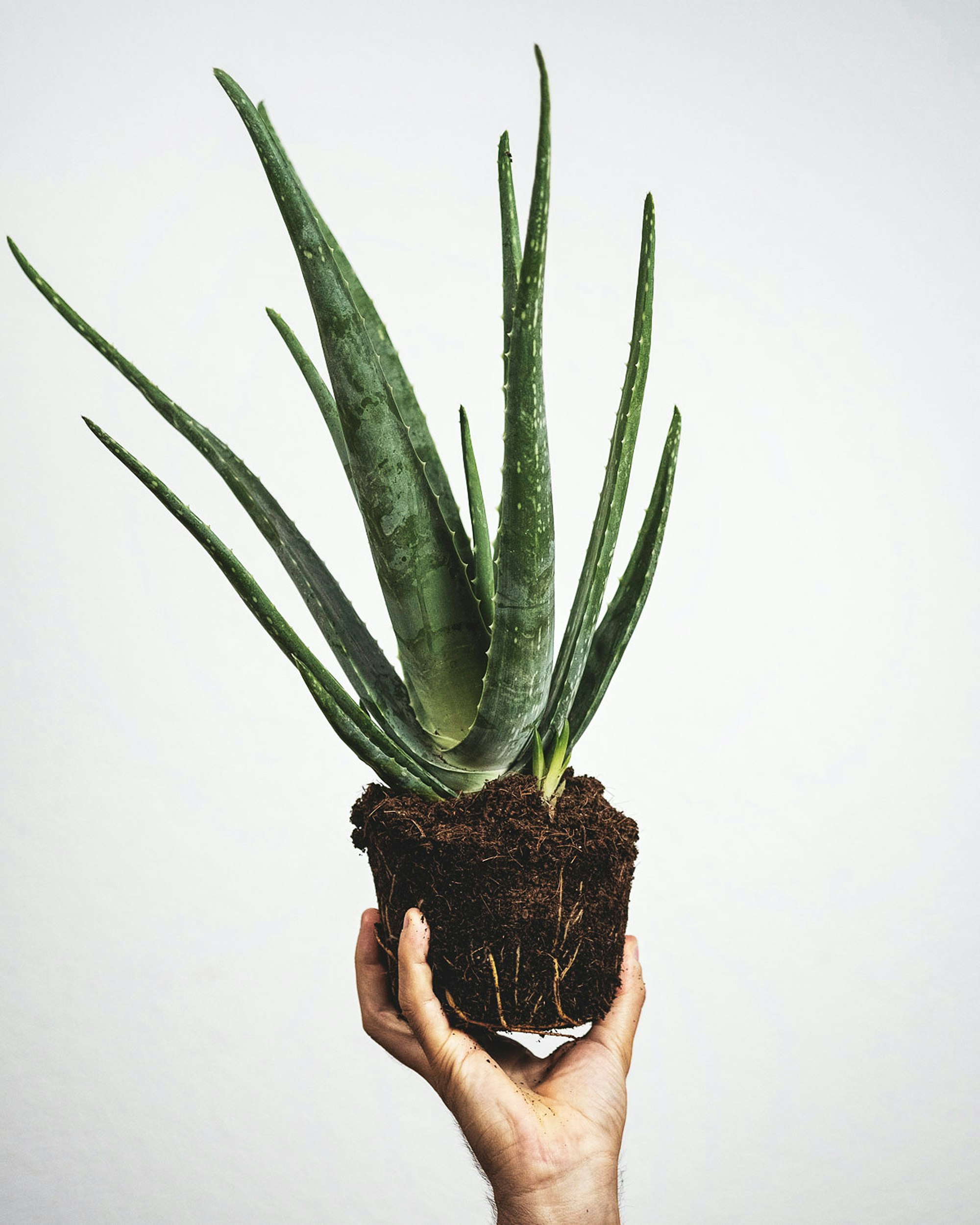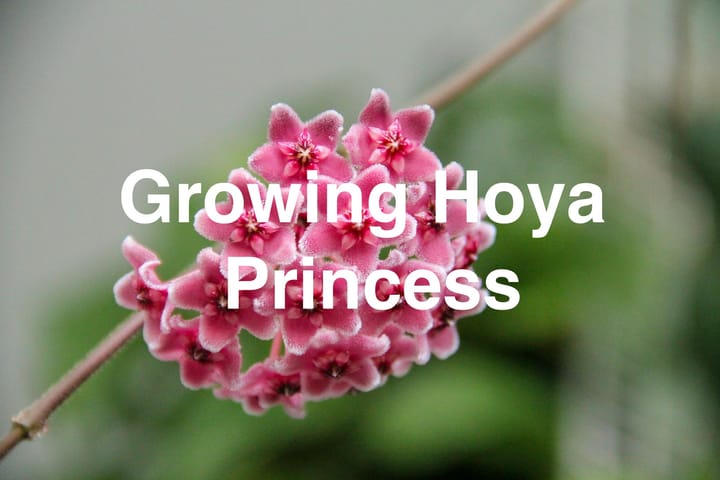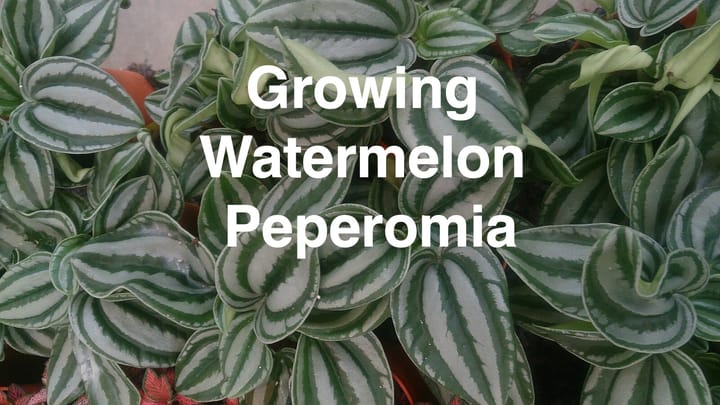How to Grow Aloe Vera
Aloe vera, a versatile succulent, is a popular houseplant known for its medicinal properties, especially in soothing skin irritations and aiding in first aid treatments.

Table of Contents
Growing aloe vera is relatively simple, whether you're cultivating it indoors or outdoors in warm regions.
By providing the ideal conditions for your plant, such as proper soil, light, and watering, you can reap the benefits of this functional and attractive addition to your garden or windowsill.
About Aloe Vera
Aloe vera (Aloe barbadensis) is a popular succulent tropical perennial known for its lance-shaped leaves, which are beneficial for soothing skin irritations, acne, psoriasis, and promoting wound healing.
Belonging to the Asphodelaceae family, it is a versatile plant that can thrive outdoors and indoors.
It shares similarities with other species such as Aloe brevifolia, Aloe arborescens, Aloe polyphylla, Torch aloe (Aloe variegata), and Aloe vera gel.
In zones 8-11, Aloe vera can tolerate various conditions but prefers well-draining soil and adequate sunlight.
Its attractive green leaves can produce a yellow to orange bloom during summer, making it a visually appealing addition to your garden or home.
By understanding the plant type, hardiness zones, and family, you can grow and care for Aloe vera and enjoy its therapeutic benefits while appreciating its aesthetic charm.
Planting Aloe Vera
To start planting your aloe vera, choose a container with a drainage hole and fill it with a well-draining potting mix.
A combination of sandy soil and perlite or a mix specifically designed for cacti and succulents will work well.
Ensure the pot has a drainage hole to prevent waterlogging, as aloe plants are sensitive to over-watering.
When choosing the location for your aloe plant, remember that it thrives in full sun or very bright indirect light.
A sunny windowsill or an outdoor spot with sun exposure will be ideal. Plant your aloe in the spring to give it the best chance to establish itself.
Purchase your aloe vera from reputable online nurseries or local stores to ensure you get a healthy plant.

Caring For Aloe Vera Plant
Sun and Temperature
Aloe vera thrives in bright, indirect sunlight, so choose a sunny windowsill or spot for your house plant.
Ensure your plant gets at least six hours of sunlight daily to avoid weak stems and sunburned leaves.
Remember that your aloe plant loves warmer temperatures, preferably between 55-80°F (13-27°C).
Protect your aloe from extreme temperature fluctuations or prolonged exposure to full sun in the summer, which can cause red or mushy leaves.
Water and Humidity
When watering your aloe vera, remember that it prefers dry conditions and can tolerate infrequent watering.
To avoid overwatering the plant, wait until the soil is completely dry before giving it water, and remember that less is often more.
Aloe vera doesn't require high humidity and is quite adaptable to various indoor environments.
Ensure adequate ventilation and air circulation around your plant to prevent mold and rot issues.
Soil and Fertilizer
A well-draining soil is crucial for your aloe vera plant, as it helps prevent root rot.
Use a sandy cactus potting mix combined with perlite for improved drainage, and ensure the container has a drainage hole.
Fertilize your aloe plant sparingly, as it doesn't need frequent feeding.
Apply a balanced, water-soluble fertilizer, diluted to half the recommended strength, once every two months during the growing season.
Repotting
Repot your aloe vera plant when the container becomes too small or crowded with offsets (baby plants).
Choose a new container with a drainage hole and fresh, well-draining potting mix, carefully transplanting to avoid damage to the delicate roots.
Give your plants time to adjust after repotting, and wait a few days before watering to reduce the risk of transplant shock.
This will ensure your aloe vera plant continues to grow and thrive.
Pruning and Propagation
Prune any dead or damaged leaves from your aloe plants to maintain their health and appearance.
Remove the offsets or "pups" that grow around the mother plant to propagate your aloe, carefully separating them at the roots.
Plant the offsets in their containers with well-draining soil, giving them plenty of indirect sunlight and appropriate care.
It won't be long before you have a new generation of aloe vera plants to enjoy.
Troubleshooting Plant Problems
Growing Problems
When growing aloe vera, you might encounter issues with weak stems, usually caused by overwatering.
To avoid this, water your plant sparingly and allow the soil to dry between waterings.
Sunburn may turn the leaves red or brown or cause discoloration; to avoid this, gradually introduce your aloe vera plant to sunlight or provide some shade during peak sun hours.
Aloe vera leaves can become mushy due to excessive water or cold temperatures.
Ensure your plant is in a well-draining pot and protect it from frost or extreme cold.
Some aloe vera types may have a natural red hue on their leaves, but if the entire leaf turns red, it might be a sign of stress, typically from excess sunlight or insufficient watering.
Pests and Diseases
Aloe vera can be affected by pests such as aphids, mealybugs, and scale insects.
Try wiping the leaves with a damp cloth or treating your plant with a gentle insecticidal soap to eliminate these pests.
Be careful with pets like cats and dogs, as aloe vera is toxic to them. Keep your plants out of reach of your pets to avoid ingestion-related issues.
While aloe vera does not suffer from many diseases, it can be affected by fungal infections resulting from overwatering or standing water.
To prevent infections, use well-draining soil, avoid overwatering, and provide proper air circulation around your plant.
Additionally, remove any affected leaves promptly to prevent the spread of disease.
Conclusion
Aloe vera, also known as Aloe barbadensis miller, is a versatile and low-maintenance plant that offers various benefits for your skin and hair.
To grow your aloe vera plant, follow these simple plant care guidelines: use a cactus soil or succulent mix for proper drainage, and provide adequate sunlight and water sparingly to prevent root rot.
Incorporating aloe vera juice and gel into your self-care routine allows you to experience its soothing and healing properties.
With proper care, your aloe vera plant will thrive and continue providing you with natural remedies for years.
Frequently Asked Questions
What are the watering requirements for aloe plants?
Aloe plants require moderate watering, as they store moisture in their leaves for lean times. Let the potting mix completely dry before watering again to avoid root rot and keep the plant healthy.
How quickly does aloe vera typically grow?
Aloe vera is a relatively slow-growing succulent, typically taking several months to reach its full size. Growth speed depends on factors like sunlight, temperature, and watering; providing optimal conditions will encourage faster growth.
What type of sunlight is ideal for aloe plants?
Aloe plants thrive in bright, indirect sunlight. Direct sunlight can cause the leaves to turn brown or yellow, so it's best to place your aloe vera near a sunny window with filtered light or in an area that receives morning or late afternoon sun.
How to maintain aloe vera during winter months?
Aloe vera plants need less water in winter and should be placed in a cooler environment. Reduce watering frequency, and keep the plant in a room with temperatures ranging from 50 to 60 degrees Fahrenheit (10 to 15 degrees Celsius) to prevent freezing.
What are the benefits of having an aloe vera plant at home?
Aloe vera plants are known for their soothing properties, as the gel inside their leaves can help relieve sunburns and skin irritations. In addition, these plants can improve indoor air quality by removing harmful pollutants, making them a great addition to any home.


